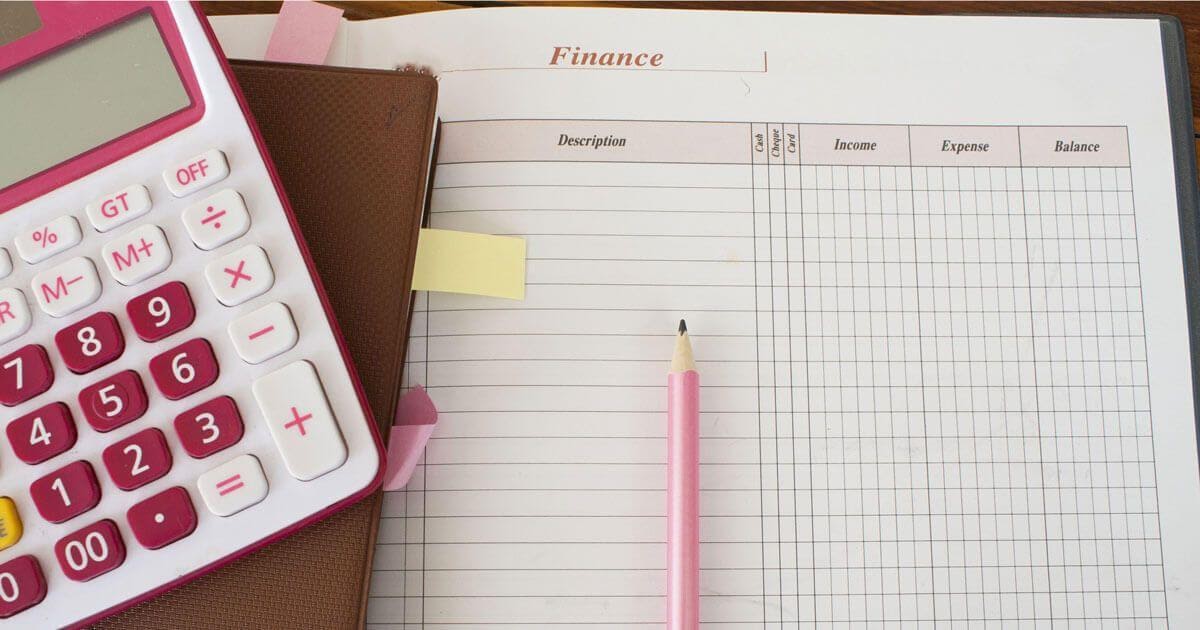
For many business owners, it can be difficult to estimate your bad debt reserve. If you believe he will pay all of it back, you may want to go ahead and make the accounting entries as if he had paid the amount in full. If you do not believe he will pay it all back, you should make entries to reflect only that he has paid you $25. Given that the default probability is unique to each company, this method offers the most accurate way of predicting ADA. However, it’s dependent on maintaining a small, consistent customer base that can be measured, with calculation efforts increasing as your client base grows.

Units should consider using an allowance for doubtful accounts when they are regularly providing goods or services “on credit” and have experience with the collectability of those accounts. The following entry should be done in accordance with your revenue and reporting cycles (recording the expense in the same reporting period as the revenue is earned), but at a minimum, annually. The first step in accounting for the allowance for doubtful accounts is to establish the allowance. This is done by using one of the estimation methods above to predict what proportion of accounts receivable will go uncollected.
The Allowance Method for Uncollectible Accounts
Those receivables that the firm is unable to collect the full amount due from the customer are called uncollectible accounts. Being proactive with your e-invoicing and collections process is the easiest way to reduce bookkeeping blog the number of doubtful or delinquent accounts. A reliable AR automation solution can help you achieve better cash flow, lower bad debt, and improve profits by analyzing customer behavior, risk, and past data.
- Typically, larger businesses rely on one of the first two methods due to the complexity of running these assessments across a big customer pool.
- The accounts receivable aging method is a report that lists unpaid customer invoices by date ranges and applies a rate of default to each date range.
- This is because both the asset account and the contra-asset account are decreasing by the same amount, thereby offsetting one another.
- The company anticipates that some customers will not be able to pay the full amount and estimates that $50,000 will not be converted to cash.
- Most companies use the allowance method, which is to estimate the amount of doubtful expense it expects.
- To create a standard allowance, have those financial records that indicate how many accounts have not been collected.
In financial accounting and finance, bad debt is the portion of receivables that can no longer be collected, typically from accounts receivable or loans. The information in an aging schedule also is useful to management for other purposes. Analysis of collection patterns of accounts receivable may suggest the need for changes in credit policies or for added financing. For example, if the age of many customer balances has increased to days past due, collection efforts may have to be strengthened. Or, the company may have to find other sources of cash to pay its debts within the discount period.
What is Allowance for Doubtful Accounts? [Calculation & Journal Entry]
Most companies use the allowance method, which is to estimate the amount of doubtful expense it expects. This is done to be in compliance with the matching principle which requires that revenues be matched to their related expenses within an accounting period. When this bad debt is written off, the allowance for doubtful accounts is credited by the write-off amount. If, however, a company uses the direct write-off method, it will credit accounts receivable to write off the bad debt. Because the time difference between the sale and the time a company realizes an account is uncollectible is usually long, using the direct write-off method will violate the matching principle. The direct write-off method works by directly writing-off bad debt expenses from accounts receivable into the expense account.
Though this allowance for doubtful accounts is presented on the balance sheet with other assets, it is a contra asset that reduces the balance of total assets. This journal entry takes into account a debit balance of $2000 and adds the prior period’s balance to the estimated balance of $4608 in the current period, providing for a bad debt of $6608 ($4608+2000). The direct write-off method delays recognition of bad debt until the specific customer accounts receivable is identified. Once this account is identified as uncollectible, the business will record a reduction to the customer’s accounts receivable and an increase to bad debt expense for the exact amount uncollectible.
Everything You Need To Master Financial Modeling
Auditors look for this issue by comparing the size of the allowance to gross sales over a period of time, to see if there are any major changes in the proportion. Most balance sheets report them separately by showing the gross A/R balance and then subtracting the allowance for doubtful accounts balance, resulting in the “Accounts Receivable, net” line item. Regardless of which method is used, the actual accounts written off seldom exactly equal the estimates made in the prior year. During the year, similar entries are made to record other accounts declared uncollectible. Another title for this account is Bad Debt Expense, This account is closed to Income Summary and is generally shown as a selling expense on the income statement.
Estimating uncollectible accounts Accountants use two basic methods to estimate uncollectible accounts for a period. The first method—percentage-of-sales method—focuses on the income statement and the relationship of uncollectible accounts to sales. The second method—percentage-of-receivables method—focuses on the balance sheet and the relationship of the allowance for uncollectible accounts to accounts receivable. Hence, the income statement is delaying the reporting of bad debts expense on its income statement until an account receivable is actually written off as uncollectible. Producing financial statements in compliance with GAAP (Generally Accepted Accounting Principles) is a requirement for public companies listed on a US Exchange.
Table of Contents
HighRadius offers RadiusOne AR Suite for mid-market businesses and autonomous AR solutions for large enterprises. It can help your business reduce bad debt by prioritizing collections from high-risk customers, automating dunning processes, and providing real-time data and analytics. It also cuts down the invoicing costs, and reduces payment friction and DSO to eventually lower your allowance for doubtful accounts and bad debt expense. Then, the company establishes the allowance by crediting an allowance account often called 'Allowance for Doubtful Accounts'.
- Another way you can calculate ADA is by using the aging of accounts receivable method.
- It's complicated because you actually accrue a bad debt when you sell your goods or services on credit to a customer who does not pay you.
- Wolters Kluwer is a global provider of professional information, software solutions, and services for clinicians, nurses, accountants, lawyers, and tax, finance, audit, risk, compliance, and regulatory sectors.
- Bad debts are not a problem because you simply never record the income that you were expecting to get.
- The allowance for doubtful accounts also helps companies more accurately estimate the actual value of their account receivables.
However, the balance sheet would show $100,000 accounts receivable less a $5,300 allowance for doubtful accounts, resulting in net receivables of $ 94,700. On the income statement, Bad Debt Expense would still be 1%of total net sales, or $5,000. For example, say a company lists 100 customers who purchase on credit and the total amount owed is $1,000,000. The purpose of the allowance for doubtful accounts is to estimate how many customers out of the 100 will not pay the full amount they owe. Rather than waiting to see exactly how payments work out, the company will debit a bad debt expense and credit allowance for doubtful accounts.
A reserve for doubtful debts can not only help offset the loss you incur from bad debts, but it also can give you valuable insight over time. For example, your ADA could show you how effectively your company is managing credit it extends to customers. It can also show you where you may need to make necessary adjustments (e.g., change who you extend credit to). So far, we have used one uncollectibility rate for all accounts receivable, regardless of their age. However, some companies use a different percentage for each age category of accounts receivable. When accountants decide to use a different rate for each age category of receivables, they prepare an aging schedule.
Carmax – Carmax Reports First Quarter Fiscal 2024 Results – Investor Relations
Carmax – Carmax Reports First Quarter Fiscal 2024 Results.
Posted: Fri, 23 Jun 2023 10:50:53 GMT [source]
What is the journal entry to write off an uncollectible account under the allowance method?
When a specific customer's account is identified as uncollectible, the journal entry to write off the account is: A credit to Accounts Receivable (to remove the amount that will not be collected) A debit to Allowance for Doubtful Accounts (to reduce the Allowance balance that was previously established)
